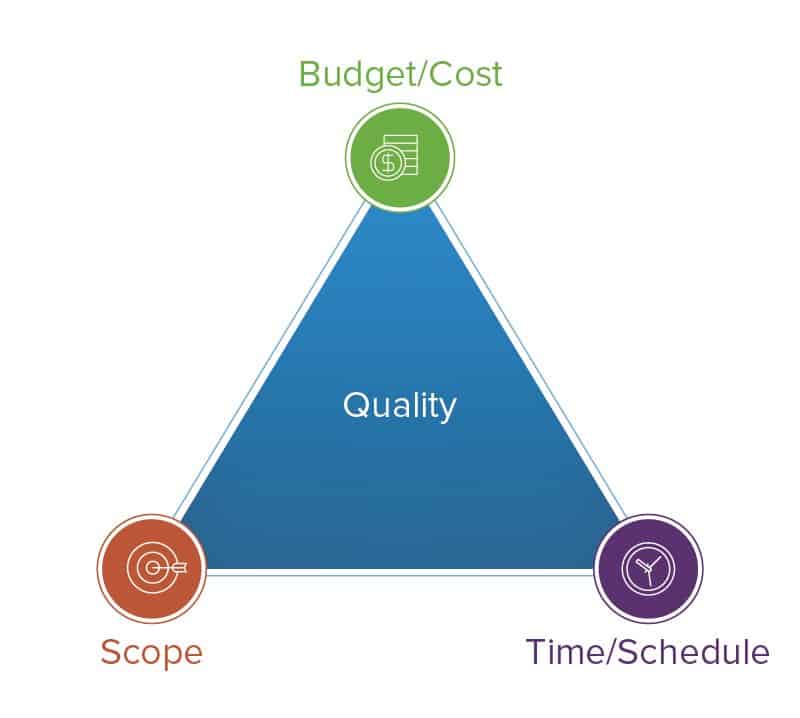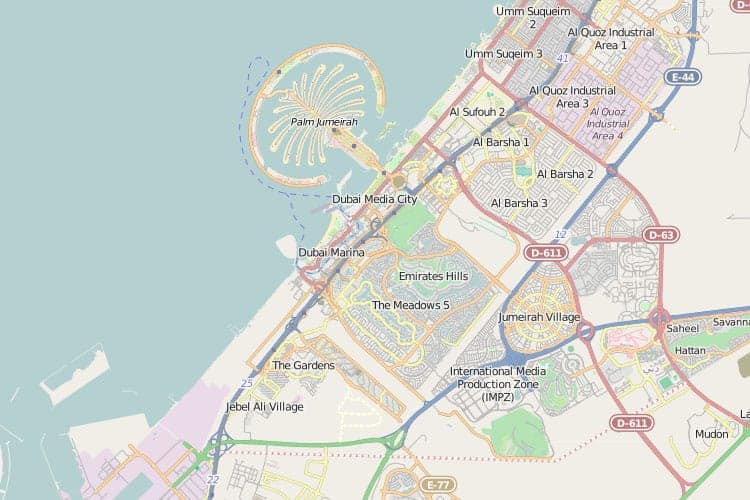
Be sure to outline how you hope to reduce costs, reduce implementation time, control the scope, and most of all ensure high quality.
Due - Sunday, November 9, 2025
This is a group project of 2 or 3 students per group. The groups can be found in the document Lab3_Groups.docx.
You have done such a great job with Barakat Publishing that the City of Dubai wishes to contract you to build an automated irrigation system for its gardens and orchards across the city. You have to take into consideration many things, including the weather patterns for that part of the world.

The gardens contain a mixed variety of flowering plants, each with its own moisture requirements. That is, a certain degree of moisture at a certain time of the day ensures full growth and maximum beauty. These plants also have sunlight requirements as well as temperature requirements, and these requirements vary with the age of the plants. Although those are out of your control, you have to take them into consideration. For some background information, see Ornamental Production: Light, Temperature and Humidity.
Likewise, the orchards contain a mixture of fruit bearing trees, each with its own requirements. That is, a certain degree of moisture at a certain time of the day ensures maximum yield. You also have to take into consideration sunlight and temperature, and the ages of the trees. The acidity of the soil is also important for certain types of fruit. Although those are out of your control, you have to take them into consideration. For some background information, see Watering Fruit Trees: When to Do it, and When to Avoid it.
Our irrigation system is going to consist of two parts: a sensor and a sprinkler. The sensor keeps track of the moisture in the soil, the temperature of the air, the humidity, and the sunlight. You also need to know which plants or trees are near to which sensors. The sensor might be partially underground. The sprinkler simply provides water at a given flow rate. This flow rate can be controlled. Both sensor and sprinkler have to communicate with some kind of computer system where the sensor provides information and the sprinkler flow rate is controlled.
Your first step is to decide upon an irrigation system. You have to create a list of requirements for your irrigation
system, then decide on one guided by the triple constraints of project management.

Be sure to outline how you hope to reduce costs, reduce implementation time, control the scope, and most of all
ensure high quality.
Now that you have decided on sensors and sprinklers, you now have to decide on how you will control all of them.
Your first concern is the networking. How will you communicate with these devices? Does your irrigation system already have some computerized hardware built in? What operating system will you use? What hardware? You have to create a list of requirements for your networking system, then decide on the implementation of one guided by the triple constraints of project management. Be sure to outline how you hope to reduce costs, reduce implementation time, control the scope, and most of all ensure high quality. Also, be very specific about the operating system and your inter-process communications mechanism.
Your second concern is the intelligence of your application software. That is, you have to use an application that contains detailed information about all plants and trees in your gardens. The one thing you can control is the moisture. Based on existing moisture levels for each plant and tree, the sunlight, the temperature, the humidity, and the age of each plant and tree, you have to apply a certain level of water for a certain time. Each sprinkler will work independent of each other, so you have to be able to control each sprinkler. You need to provide a detailed design of this server, meaning design each class and show how they interact. Keep in mind the different types of processes that will run on your server; for instance, the networking software and how it interacts with your application. In designing your software, keep in mind the triple constraints of project management.
Since you have a background in artificial intelligence, you have an opportunity to provide an advantage for your client, in that your program can "learn". What might your program learn, in order to even better optimize the hydration of the flowers and trees?
Hopefully with the above tasks you have carried out a thorough risk analysis. Below are some scenarios that hopefully you have already addressed. If not, state in detail how you would deal with them.
Note that this lab partially fulfills one of the
Canadian Engineering Accreditation Board
graduate attributes that our engineering graduates should have:
- Design (DE.5).
The attribute is assessed here.
| Does not meet expectations | Satisfactory | Good | Exceeds Expectations | |
|---|---|---|---|---|
| Irrigation System (2 marks) | Does not meet requirements | Meets the most important requirements | Meets all requirements with minor errors | Meets all requirements with no errors |
| Architecture (2 marks) | Does not meet requirements | Meets the most important requirements | Meets all requirements with minor errors | Meets all requirements with no errors |
| Networking (2 marks) | Does not meet requirements | Meets the most important requirements | Meets all requirements with minor errors | Meets all requirements with no errors |
| Intelligence (2 marks) | Does not meet requirements | Meets the most important requirements | Meets all requirements with minor errors | Meets all requirements with no errors |
| Risks (2 marks) | Does not meet requirements | Meets the most important requirements | Meets all requirements with minor errors | Meets all requirements with no errors |
Please email all documents to: miguel.watler@senecapolytechnic.ca
You will be docked 10% if your lab is submitted 1-2 days late.
You will be docked 20% if your lab is submitted 3-4 days late.
You will be docked 30% if your lab is submitted 5-6 days late.
You will be docked 40% if your lab is submitted 7-8 days late.
You will be docked 50% if your lab is submitted 9-10 days late.
You will be docked 100% if your lab is submitted over 10 days late.